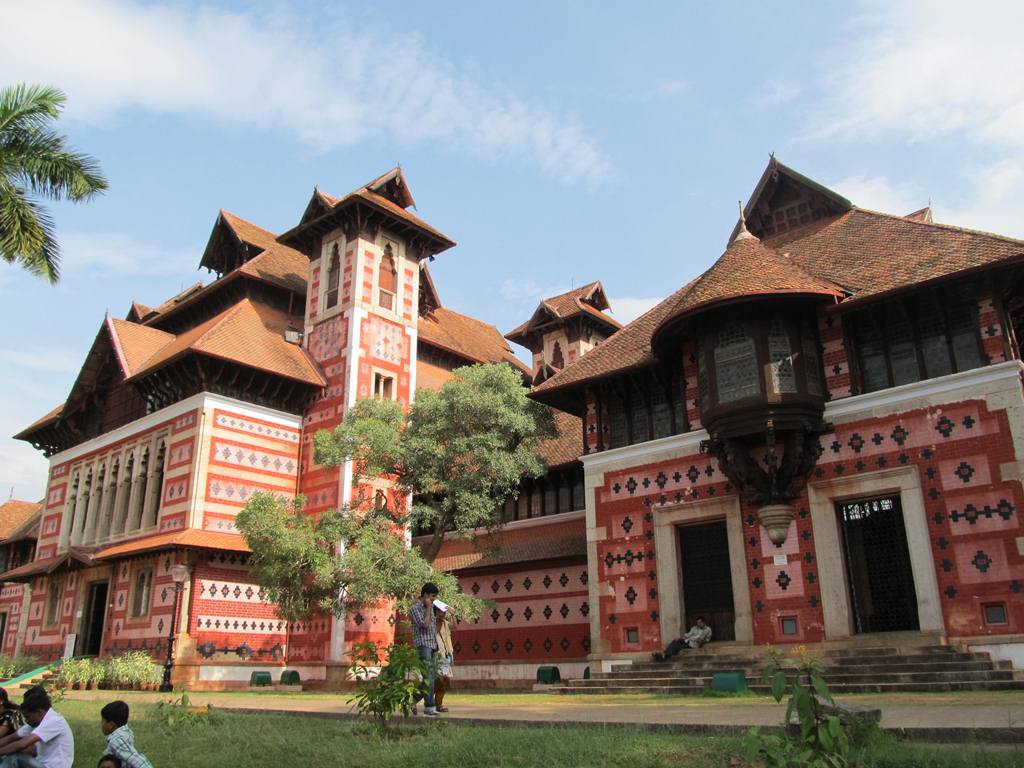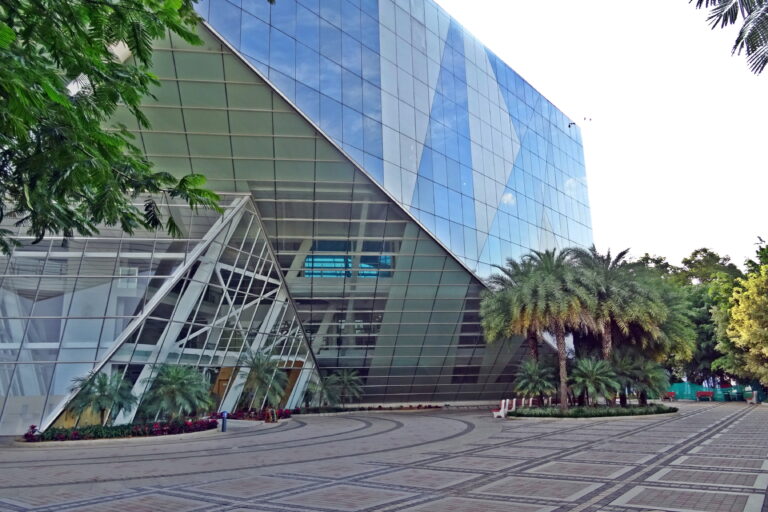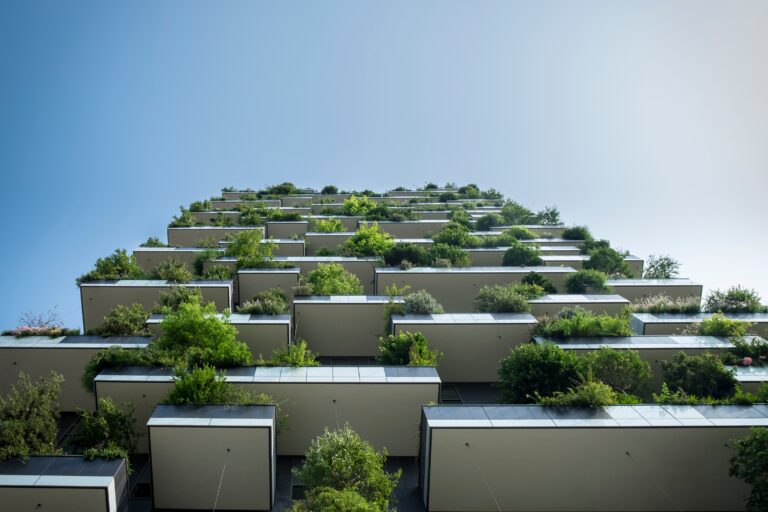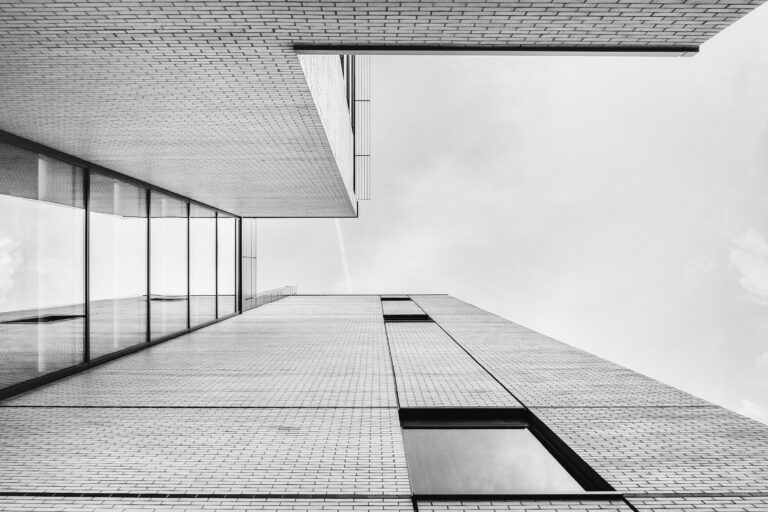
Bridging the Gap Between Function and Expression
Architecture has long been regarded as a marriage of form and function, a symphony of structure and purpose. However, in the realm of architectural design, there exists a captivating convergence between the practical and the aesthetic – the intersection of art and architecture. Architects, like modern-day alchemists, craft spaces that not only serve utilitarian needs but also resonate with artistic expressions. In this blog, we embark on a journey into this intriguing crossroads, where architects skillfully meld functionality with creativity, blurring the lines between buildings and art forms.
The Architectural Canvas: Form Meets Feeling
Beyond its functional role, architecture has the unique ability to elicit emotions, create experiences, and embody cultural narratives. Architects have embraced this potential, transforming their designs into living works of art that captivate the senses and inspire contemplation.
Exploring the Fusion of Art and Architecture:
- Expressive Facades: Facades are no longer mere envelopes; they have become canvases for architectural expression. From intricate carvings to innovative materials, architects imbue facades with sculptural elegance that communicates both purpose and passion.
- Dynamic Geometry: Geometry becomes a language of its own in architecture. Architects sculpt space using geometric patterns, curves, and proportions to create visually arresting designs that provoke thought and emotion.
- The Drama of Light: The play of light and shadow is a potent artistic tool. Architects choreograph natural and artificial light to transform spaces throughout the day, imbuing them with a unique aura that evolves with time.
- Material Poetry: Materials are not merely building blocks; they are a palette of textures, colors, and stories. Architects choose materials that resonate with the context, forging a harmonious relationship between the structure and its surroundings.
- Spatial Narratives: The arrangement of spaces within a building can create narratives. Architects orchestrate transitions, vistas, and thresholds to guide occupants through an experiential journey.
Benefits Beyond Beauty
The fusion of art and architecture yields benefits that extend far beyond aesthetics:
- Emotional Resonance: Artistic architectural designs evoke emotional responses, fostering a deeper connection between occupants and their environment.
- Cultural Identity: Art-infused architecture reflects cultural nuances, embedding a sense of identity and belonging within the built landscape.
- Urban Landmarks: Architectural masterpieces that blur the line between art and functionality often become iconic landmarks, adding character to cities and shaping skylines.
- Innovation Catalyst: The marriage of art and architecture drives innovation, pushing designers to explore new materials, technologies, and techniques.
- Holistic Well-being: Artistic architecture has the power to enhance well-being, inspiring mindfulness and creating spaces that promote a positive state of mind.
Elevating the Creative Horizon
As architecture evolves, architects are embracing this intersection as a crucible of creative exploration. The canvas of buildings, once seen as static structures, is now a dynamic arena where artistry and innovation meet.
In the intricate dance between art and architecture, designers weave a narrative that transcends bricks and mortar. By embracing the artistic realm, architects elevate their craft to an elevated plane, creating spaces that resonate with the human spirit and inspire wonder. As the intersection of art and architecture blurs the boundaries, the built environment evolves into a tapestry of functional beauty – a testament to the power of design to both serve and inspire.




